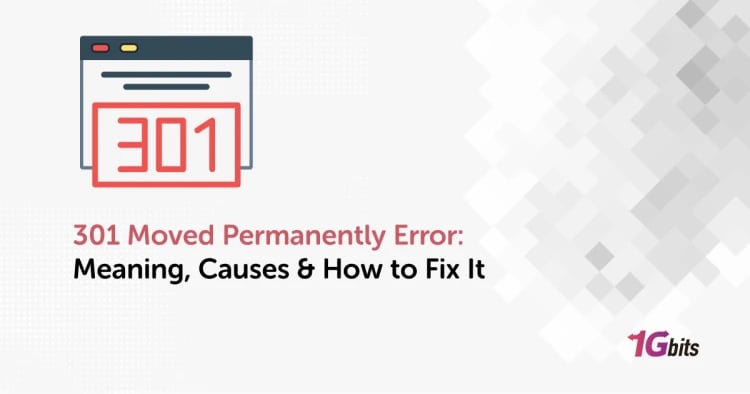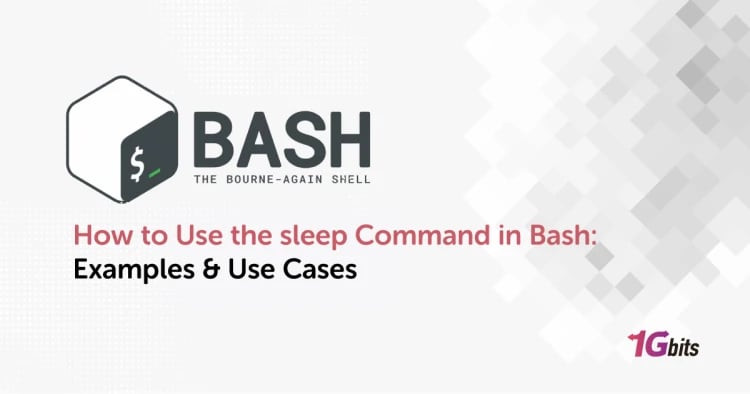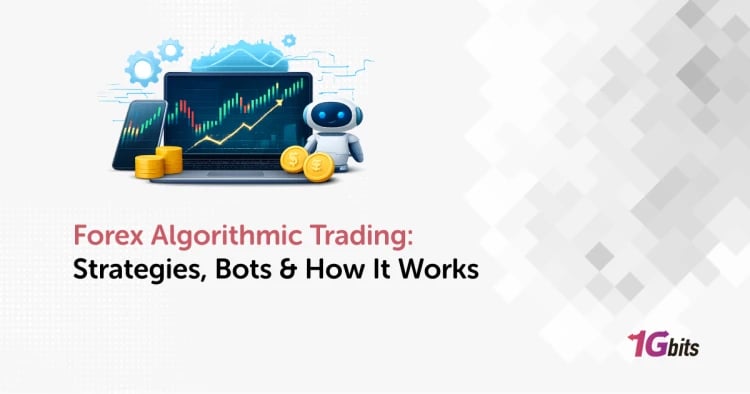Forex trading can seem complicated and intimidating if you’re just starting out. But with the right guidance and understanding of Forex basics, anyone can learn how to trade Forex confidently and effectively. This comprehensive guide for Forex trading for beginners breaks down everything you need to know—from market fundamentals to practical tips, risk management, and tools.
Introduction to Forex Trading
Forex trading, or foreign exchange trading, involves buying and selling currencies on a global decentralized market. It’s the world’s largest financial market, with over $6 trillion traded daily. Unlike stock markets, Forex operates 24 hours a day, five days a week, making it accessible and flexible.
If you’re a newcomer wondering how to trade Forex or just exploring Forex trading strategies beginner options, this guide is for you. We’ll help you understand core concepts, how the market works, practical trading steps, and ways to protect your investments through sound Forex risk management.
How Forex Market Works (Basics & Terminology)?
At its core, Forex trading is about exchanging one currency for another—for example, buying Euros (EUR) with US Dollars (USD). Currencies are traded in pairs (called currency pairs) and each pair shows how much of the quote currency you need to buy one unit of the base currency.
Some key Forex basics terms to know:
-
Currency pair: Two currencies traded against each other (e.g., EUR/USD).
-
Pip: The smallest price move in a currency pair, usually 0.0001.
-
Lot: The standardized size of a trade (e.g., 100,000 units for a standard lot).
-
Leverage: Borrowed capital allowing you to control a bigger position than your account balance.
-
Spread: The difference between the buying (ask) and selling (bid) price.
-
Margin: The collateral required to open a leveraged position.
Understanding these terms is essential for new traders. Visual aids and interactive charts can further help grasp these concepts.
Why Trade Forex? (Advantages and Risks)
Forex trading offers several advantages:
-
Liquidity: The market is highly liquid due to its size and global participation.
-
Accessibility: You can trade anytime, from anywhere, with low initial investment.
-
Leverage: Potential for amplified profits (but also increased risk).
-
Diverse strategies: From short-term scalping to long-term position trading.
However, it also carries risks:
-
Volatility: Currency prices can be highly volatile, leading to rapid gains or losses.
-
Leverage risk: While leverage can boost profits, it can also magnify losses.
-
Emotional challenges: Trading psychology plays a big role in success or failure.
For Forex trading for beginners, balancing these benefits and risks with proper education and Forex risk management is critical.
Step-by-Step Guide to Start Trading Forex
If you’re ready to start your Forex journey, here’s a clear roadmap:
1. Learn the Forex Basics
Start by familiarizing yourself with fundamental terms and market mechanics. There are many free resources and demo platforms where you can practice without risk.
2. Choose a Reliable Forex Broker
Selecting the right broker is key. Look for:
-
Regulation and licensing
-
Low spreads and commissions
-
User-friendly trading platforms
-
Customer support quality
-
Demo accounts availability
We recommend referring to our detailed guide on How to become a successful trader in the forex financial market for deeper insights on broker selection and trading success.
3. Open a Demo Account
Before risking real money, practice with a demo account. Demo trading helps you:
-
Understand platform tools
-
Try different strategies
-
Get comfortable placing trades
4. Fund Your Live Account
Once confident, open and fund a live account with an amount you can afford to lose.
5. Place Your First Trade
Start small and use simple strategies. Use limit orders and always set stop losses to manage risk.
Choosing a Forex Broker
Choosing a broker isn’t just about the lowest fees. Regulatory compliance is critical for safety. Trusted brokers are licensed by authorities like the FCA, NFA, or ASIC.
Additionally, some brokers offer unique tools or access to VPS (Virtual Private Server) services, which can improve trading performance and robot reliability.
If you want to learn why VPS is vital in Forex, check out Why VPS Is Used in Forex Trading and see how you can make money with Forex VPS for enhanced trading execution.
Opening a Demo Account
Demo accounts simulate real market conditions without risking capital, perfect Forex Trading for beginners.
Platforms like MetaTrader 4 (MT4) and MetaTrader 5 (MT5) are popular and beginner-friendly. They provide charts, indicators, and automated trading options.
If interested in automated strategies, explore How to Setup a VPS for Forex Robot Trading for stable and continuous robot operations.
How to Place Your First Trade?
Once you’ve mastered the demo account and feel ready to trade live, it’s time to place your first real trade. Here’s a simple step-by-step:
-
Choose a currency pair based on your analysis (Forex trading for beginners, major pairs like EUR/USD are recommended due to liquidity and lower spreads).
-
Decide trade size (lot size) according to your account balance and risk tolerance.
-
Set entry order: You can use a market order (instant execution) or pending orders (limit/stop).
-
Set stop loss and take profit levels to protect your investment and lock profits.
-
Confirm and execute your trade.
-
Monitor the trade and adjust if necessary.
Using stop loss and take profit orders is part of essential Forex risk management and helps you control losses and lock gains.
Forex Risk Management for Beginners
Risk management is the foundation of long-term success in Forex trading. As a beginner, you must understand:
-
Position sizing: Don’t risk more than 1-2% of your trading capital on a single trade.
-
Stop Loss Orders: These automatically close your trade if the market moves against you by a set amount.
-
Leverage: Use leverage cautiously. While it can multiply profits, it also increases potential losses.
-
Diversification: Avoid putting all your money in one trade or currency pair.
By incorporating Forex risk management principles early on, you safeguard your account from devastating losses and create a stable growth path.
What is Leverage and Margin?
Leverage allows you to control a larger position with a smaller amount of capital. For example, 1:100 leverage means you can control $100,000 with $1,000.
Margin is the amount of money you need to open a leveraged position.
While leverage can enhance profits, it also magnifies losses. Beginners should start with low leverage to manage risk effectively.
Using Stop Loss and Take Profit
Stop loss orders help limit your losses by closing a losing trade at a predefined price.
Take profit orders lock in profits by closing a trade once it reaches your target price.
Both are vital tools in Forex risk management to maintain discipline and avoid emotional trading.
Common Beginner Mistakes to Avoid
Many beginners make similar mistakes that can lead to losses:
-
Trading without a plan or strategy
-
Overleveraging and risking too much per trade
-
Ignoring risk management tools like stop loss
-
Trading based on emotions or tips without analysis
-
Switching strategies too often without testing
-
Neglecting demo practice before going live
Avoiding these pitfalls will increase your chances of success in Forex trading.
Essential Forex Trading Tools and Platforms
To trade effectively, use tools and platforms that fit your needs:
-
Trading Platforms: MetaTrader 4, MetaTrader 5, cTrader (user-friendly and widely supported)
-
Charting tools and indicators to analyze trends
-
Economic calendars to track important news events
-
Forex VPS to run automated trading robots with minimal downtime (learn more about Forex VPS here: Forex VPS)
Leveraging the right tools can make a big difference, especially when combined with solid Forex trading strategies beginner can adopt.
Emotional Discipline & Trading Psychology
Trading is not only about numbers but also about mindset. New traders often struggle with fear, greed, and impatience.
Tips for maintaining emotional discipline:
-
Stick to your trading plan
-
Accept losses as part of the process
-
Avoid revenge trading after losses
-
Take breaks when stressed
-
Focus on consistent small gains rather than chasing big wins
Developing the right psychology is a key part of your Forex journey.
Glossary of Forex Terms
-
Ask Price: The price at which you can buy a currency pair.
-
Bid Price: The price at which you can sell a currency pair.
-
Spread: Difference between ask and bid prices.
-
Lot: A standardized trading size.
-
Pip: Smallest price movement in Forex.
-
Leverage: Using borrowed funds to increase position size.
-
Margin: Money required to open a leveraged position.
-
Stop Loss: Order to close a trade at a set loss level.
-
Take Profit: Order to close a trade at a set profit level.
Conclusion & Next Steps
Starting Forex trading can be exciting but requires discipline, knowledge, and practice. Follow this beginner-friendly roadmap to build a strong foundation in Forex basics, practical trading, and sound Forex risk management.
Ready to take your Forex trading to the next level? Explore how automation can help with What is a Forex Trading Robot and optimize your setup with How to Setup a VPS for Forex Robot Trading.
To trade with maximum speed, stability, and 24/7 uptime, consider upgrading to a Forex VPS. It ensures faster execution, reduced slippage, and uninterrupted performance for your trading strategies؛ Get your forex vps today!











